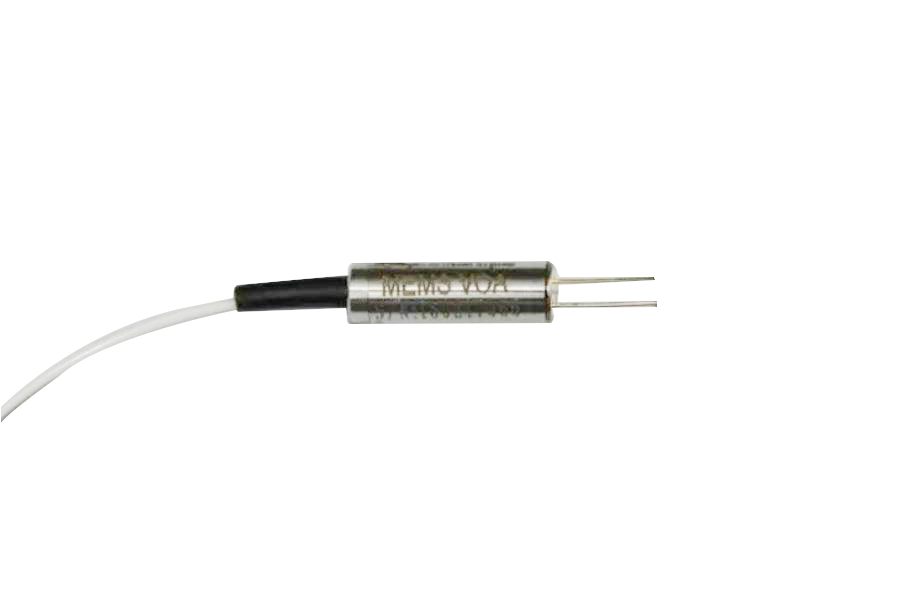Stepper optical attenuator: precise control, lighting up the future of optical fiber communications
1. Definition and working principle of step optical attenuator:
Stepper optical attenuator is an optical component that uses a stepper motor to control a sliding resistor or attenuator to achieve precise attenuation of optical signals. Its working principle is based on the principle of resistance attenuation in physics. By controlling the position of the sliding resistor or the combination of the attenuator, the resistance value or optical path coupling efficiency of the optical signal is changed, thereby attenuating the optical signal. The precise control of the stepper motor allows the attenuation amount to be adjusted as needed to achieve high-precision attenuation control.
The attenuation range of step optical attenuators is usually between 0 and 30dB, and some high-performance products can even reach more than 60dB, which can meet the needs of different application scenarios. Its attenuation accuracy is usually better than 0.1dB, or even up to 0.01dB, providing stable and reliable attenuation control for optical fiber communication systems. In addition, the stepper optical attenuator also has the advantages of small size, light weight, easy installation and maintenance, which further broadens its application scope.
2. Application scope of step optical attenuator:
In optical fiber communication systems, stepper optical attenuators play a vital role. First, during the system testing and evaluation phase, the stepper optical attenuator can be used to simulate the loss of the optical fiber link and evaluate the performance of the system. By adjusting the attenuation, the optical signal transmission conditions of optical fiber links of different lengths or under different loss conditions can be simulated, providing strong support for system design and optimization.
Secondly, in multi-link communication systems, step optical attenuators can be used to balance the optical power between links. Due to differences in loss between optical fiber links and performance differences in optical components, the optical power between links may be unbalanced. By adjusting the attenuation of the step optical attenuator, the optical power of each link can be consistent, ensuring the consistency and stability of signal transmission.
In addition, step optical attenuators are also widely used in optical power control, optical path testing, optical receiver sensitivity testing and other scenarios. In optical power control, step optical attenuators can accurately adjust the power of optical signals and protect optical fiber systems and optical devices from damage by excessive power. In optical path testing, stepper optical attenuators can be used to test the loss and performance of the optical path, providing strong support for troubleshooting and maintenance. In the optical receiver sensitivity detection, the step optical attenuator can adjust the input optical power, detect the sensitivity and dynamic range of the optical receiver, and ensure the normal operation of the system.

Comments are closed